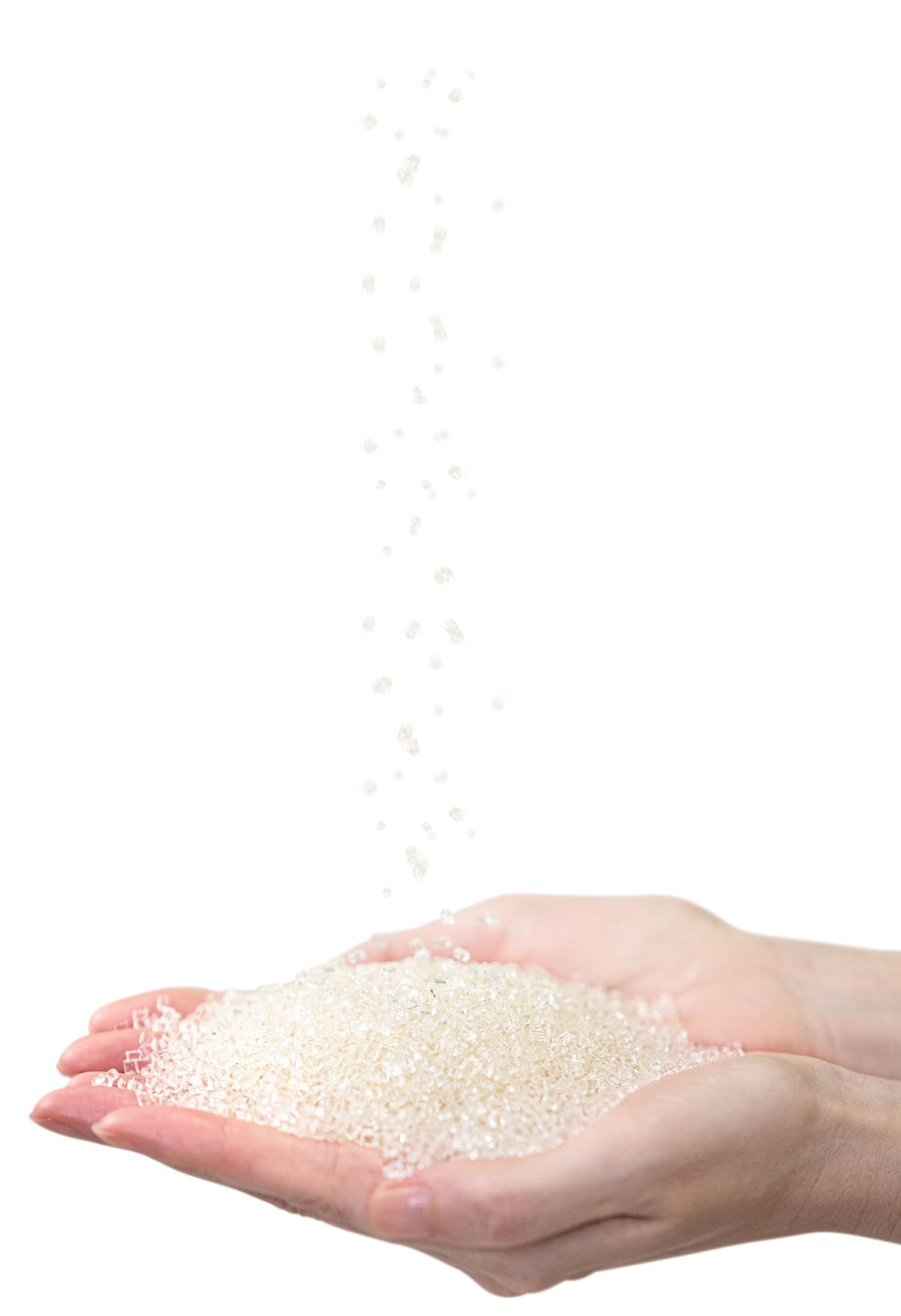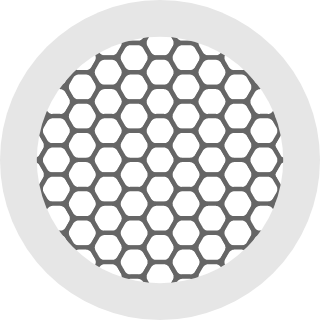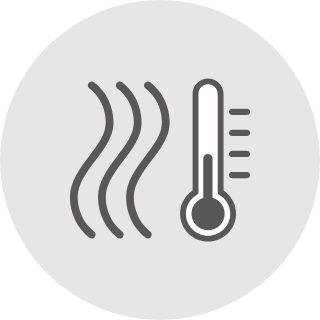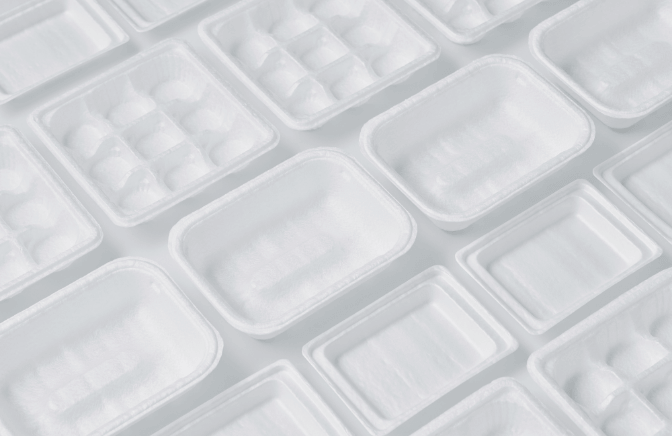A new material made from plants and air

Watch the PLAiR video
Notice
- November 24, 2020
- Foamed PLA sheet “PLAiR” website launch
We choose plants and air
for our children in the future.
The effects of global warming are visible as worldwide climate changes and environmental pollution grows worse therefore the industrial sector has the duty to urgently develop and expand alternatives to fossil-derived plastic.
It is our mission to realize a zero carbon and circular economy. We have developed a new material utilizing biobased PLA (Polylactic acid) establishing a future with new material sustainability as standard.
Main raw material is biobased.
Foamed PLA made for the future of the earth.
PLA is a material derived from plant sugars. Therefore, while it emits CO2 when it is incinerated, its raw material, the plant from which the sugar is derived, absorbs part of it during its growth process, helping you to minimize the increase of CO2 on the earth. It can also be decomposed into water and carbon dioxide in a controlled environment such as industrial compost*.
Foaming was very effective for reducing material weight, hence material amount, and resources, but there was a challenge to put the foamed sheet into practical use. PLA was difficult to use in foam sheets as it was hard to control its viscosity during heat melting process.
To address this, Ricoh has utilized its foaming control technology with supercritical CO2 to create a foamed PLA sheet, known as PLAiR.

Features of PLAiR


Proprietary foaming technology
By using supercritical CO2, we succeeded in foaming PLA which is a difficult material to process. The technology enables us to create a sheet which can be molded into various applications.

Heat resistant and thermal insulation
As the foaming process generates a structure incorporating air bubbles, it has great thermal insulation property. Besides, by increasing the crystallinity of PLA, heat resistance characteristics are drastically improved.
Foamed PLA for the various uses
PLAiR can be thermoformed into various shapes and combined with its thermal insulation and heat resistance properties, it is available for a wide range of applications, including food containers that handle hot and cold foods, as well as trays for packaging and commercial applications. We are working on the development of products that meet the various uses of our customers and the establishment of a mass production system.

